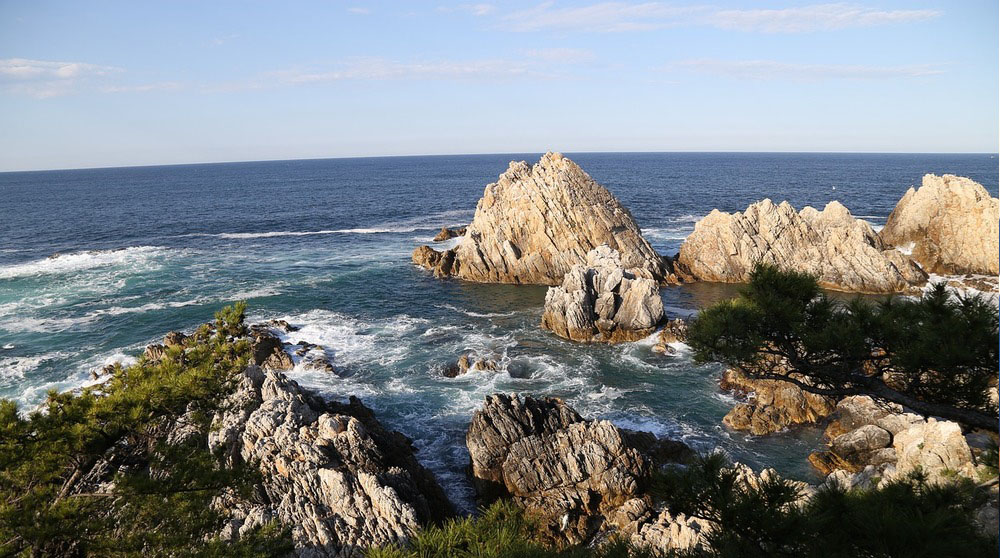
Wind moves all over the planet, and in every part of the world it has its own unique name. The wind can be horizontal or vertical. So what does its direction depend on? Why does it move in one direction during the day and in the opposite direction at night? These questions will be discussed in details below.
Types and origins of the winds
There are several types of winds, let's take a look at some of them:
Trade winds. Trade winds are dry air mass that appear due to sudden changes in atmospheric pressure temperature at the equator and in the hemispheres of the planet. The trade winds occur exclusively in the tropical zone of the Earth. Such winds are classified as stable, i.e. they are stable in temperature and moisture levels. They play an important role in tropical climate formation.
Monsoons winds. Monsoons winds are caused by changes in atmospheric pressure due to differences in temperature. Monsoons come either from the water side to the shore or vice versa.
In winter, the airflow goes toward the sea. This is because the air is warmer over the sea surface than over the land. In summer, the monsoon flows toward the land, causing precipitation. Such winds are especially active in the tropical regions of the planet.
Sea breeze. A sea breeze is an air current that flows from the water side toward the shore during the day and, conversely, from the land side toward the sea at night. This phenomenon is characteristic of most seashores of the planet. The breeze arises because of the temperature difference between water and land. A difference of at least three degrees Celsius creates a wind.
Bora. Bora is a gusty air current coming from the north. It appears in places where the sea and mountains are located. Most often, the wind occurs in areas where there are small uplands and the sea shore. The bora overcomes the mountain and heads downward. This air mass is cold in winter, but warm in summer.
There are many different types of wind, the appearance of which is directly related to climate, temperature, atmospheric pressure and other factors. These include West wind, East wind, Sirocco, Simoom and others.
There are also permanent and seasonal winds. A constant airflow always moves with about the same strength of three to four points. It moves in one direction, occasionally deviating from the route. Seasonal winds are periodic currents whose direction varies with the seasonal period.
Why does the wind blow from the sea toward the shore during the day and vice versa at night?
As mentioned above, the sea air flow is called a breeze. Its direction changes twice a day: in the morning it comes from the sea, and in the evening - from the shore.
A breeze occurs when there are difference in temperature between land and water. In the morning and afternoon, the sun heats the land, causing its temperature to increase significantly. However, air currents prevent the sun from heating the sea surface. Therefore, the heated air masses head toward the coast. New masses of cold, heavy air form in their place.
After sunset, the situation changes: the water warmed up during the day remains warm for a long time, while the land cools down several times faster. That is, the low atmospheric pressure is now over the sea. This causes the breeze to change direction: in the evening, at night, it begins to blow toward the sea.
Sea breezes are divided into two categories: daytime and nighttime. The daytime breeze blows from the sea to the shore, and the nighttime breeze blows from the land to the water. It appears because of the difference in atmospheric pressure between the sea and the land. During the day, the pressure level over land is lower than over water. Therefore, the breeze blows toward the shore. At night, the situation is reversed: the pressure over land is higher than over sea. Therefore, the breeze blows from the shore to the sea.